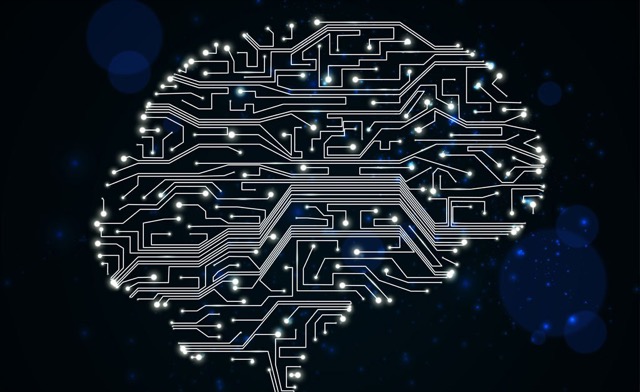In the fast-evolving world of artificial intelligence (AI), one term you are bound to encounter is “neural network.” Representing a dynamic shift from traditional computing methods, neural networks mimic the functions of the human brain to enable machines to learn from massive amounts of data. The renaissance of this technology has rejuvenated the AI landscape, making it essential for anyone interested in the field to grasp its fundamentals.
A Glimpse into Neural Networks
Neural networks are not a new concept; in fact, their foundations were established as early as the 1940s. However, the dramatic increase in data generation coupled with powerful and accessible computational resources has propelled them into the spotlight. They act as intricate webs of algorithms designed to recognize patterns, facilitating applications ranging from voice recognition to self-driving cars.
Breaking Down Neural Networks: How Do They Work?
At the core of a neural network is its basic unit, the artificial neuron, which processes inputs and generates outputs. Here’s a simplified look at how these layers of neurons collaborate to learn from data:
- Input Layer: The first point where data enters the network. Each neuron in this layer corresponds to a feature of the data, be it a pixel in an image or a characteristic of a voice sample.
- Hidden Layers: These layers contain neurons that process inputs from the previous layer. Each neuron applies a set of weights to the data, allowing for intricate transformations and pattern recognition.
- Output Layer: The final layer, where the processed data is interpreted into results such as classifications or predictions. This is where the “answers” are produced.
Learning Through Examples: The Power of Supervised Learning
Neural networks learn through a method known as supervised learning, where they are trained on labeled datasets. For instance, consider a dataset of images containing apples and oranges, each clearly labeled. As these images are processed, the network breaks down visual characteristics like shape, color, and texture.
Here’s how the learning process unfolds:
- Feature Extraction: As the images travel through the network, initial layers identify fundamental features, progressing to more complex attributes.
- Prediction: After processing an image, the network attempts to classify it (e.g., identifying it as an apple). Initially, predictions may be inaccurate as the network is fine-tuning its understanding.
- Backpropagation: When an error is encountered, feedback is circulated back through the network, allowing adjustments to be made for improving future predictions.
Diverse Types of Neural Networks
While the general architecture consists of interconnected neurons across multiple layers, there are several specialized types of neural networks designed for specific tasks:
- Convolutional Neural Networks (CNNs): Particularly effective for image classification, CNNs leverage layers that process overlapping sections of images, extracting features like edges and textures.
- Recurrent Neural Networks (RNNs): These networks are tailored for sequential data, making them ideal for applications like language processing or speech recognition.
- Generative Adversarial Networks (GANs): Comprising two competing networks, GANs are capable of generating new data that resemble the training set, popular in creating artwork and enhancing images.
The Future of Neural Networks
As thanks to their capability of learning from data without being explicitly programmed, neural networks have revolutionized numerous industries. The potential applications are staggering, from healthcare diagnostics to environmental monitoring, and their capacity to tackle complex problems continues to grow.
Conclusion: Stepping into the AI Revolution
The rise of neural networks stands as a testament to the profound impact of algorithms on technology and society. By understanding their workings, you equip yourself with the knowledge to engage with the future of AI. Embrace this technology, and you may just find yourself at the forefront of innovation.
At fxis.ai, we believe that such advancements are crucial for the future of AI, as they enable more comprehensive and effective solutions. Our team is continually exploring new methodologies to push the envelope in artificial intelligence, ensuring that our clients benefit from the latest technological innovations. For more insights, updates, or to collaborate on AI development projects, stay connected with fxis.ai.

